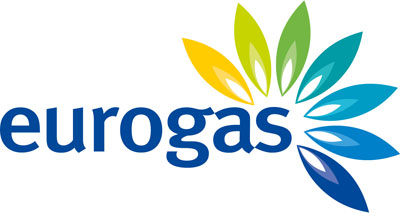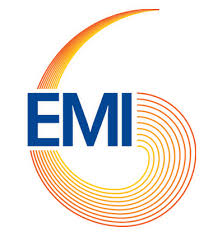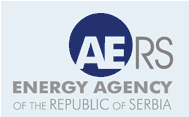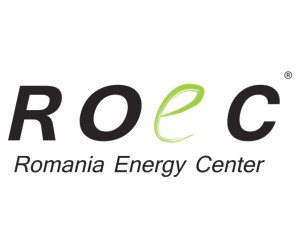As clean technology matures, the investments into decarbonization are increasingly driven by business decisions rather than regulation, e.g. the European Commission has recommended eliminating renewable subsidies. At the same time, cross-border hardware and software is boosting market integration across the EU. And yet the patchwork of member state energy policies and regulations remain significant roadblocks to the EU single market, to long-term investments and the overall health of competition.
At an energy stakeholder meeting that took place during the GLOBSEC Tatra Summit in the High Tatras at the end of October, the prevailing message from the private sector was that the heterogeneous landscape of EU, national and local climate policy regulations creates distortions and uncertainty, leading to irrational utilization of infrastructure and suboptimal macroeconomic outcomes for society. They suggest that climate policy should be driven by one simple tool, the reconfigured Emissions Trading Scheme (ETS), which would provide clarity and ensure transparency.
Clearly greater regulatory harmonization and regional solidarity is required to prevent excessive and redundant infrastructure investments and minimize stranded assets. This article will provide a snapshot of sectoral decarbonization pathways and highlight the challenges that will ultimately require regional rather than national solutions.
First consider the demand side, and the most powerful form of decarbonization which is energy not consumed. The more efficient and smarter use of energy reduces overall consumption and flattens the demand profile. In transportation and heating and cooling, electric vehicles and smart new buildings offer huge potential for such applications, serving as large batteries to absorb and release energy when it is needed. In order for these capabilities to be integrated massive grid investment is required, particularly at the distribution level.
This is part of the energy transition potential on the demand side, dependent on forms of storage, but beyond this autonomous vehicles and the shared economy offer the prospect of even less consumption of energy in transportation. In the meantime, more immediate sectoral decarbonization is possible with biofuels in transportation, retrofitting of existing building stock, and carbon abatement plans in energy intensive industry.
The buildings sector in particular represents the greatest potential for emissions reductions in Europe, responsible for 40% of energy consumption and 70% of which are inefficient. This is even more pronounced in Central and Eastern European member states where financing and ownership structure create further challenges.
One important development was celebrated at a side-event at the GLOBSEC Tatra Summit hosted by the Slovak Republic Ministry of Finance and attended by Minister of Finance Peter Kazimir, VP of the European Investment Bank Vasil Hudak and VP Energy Union Maroš Šefčovič. This was in response to a long-awaited change in Eurostat’s statistical treatment of energy performance contracts (EPCOs) that included investments into the energy efficiency of public buildings on the public balance sheet, effectively acting as an artificial barrier. With this bureaucratic obstacle removed, private investment can flow into municipalities and capitalize on existing models, which is good news for Slovakia and the region going forward.
Shifting to the supply of energy, decarbonization of the electricity occurs on two broad levels, one within the existing baseload system and the other part of a renewables-based energy transition. In the former this is traditionally accomplished by coal-to-gas switching, coal co-firing with biomass and nuclear expansion (carbon capture and storage or CCS is not considered here as it is not beyond trial stages).
In the United States, much of the fall in CO2 emissions over the past few years can be attributed to the shale revolution that has kept natural gas prices low and encouraged significant coal-to-gas switching. In Europe, gas prices have fallen recently but for most of the decade they remained stubbornly high, forcing several natural gas power plants, even the most modern and efficient, to be mothballed or retired – natural gas was simply not competitive in electricity generation with coal and RES. At the same time, up until the end of 2016, coal prices were low and with the soft EUA market the clean dark spread (representing the profitability of a coal fired power plant) remained positive.
In places like Japan, biomass co-firing is a way to push forward with newbuild coal fired power plants, but in Europe it can also upgrade existing coal plants to mitigate CO2 emissions. This is typically supported by national feed-in-tariff schemes and contributes to national EU mandated RES targets.
Large-scale nuclear fusion can contribute most significantly to baseload decarbonization as a zero-emissions source. However, numerous studies have concluded that modern large scale nuclear projects are not competitive on a levelized MWh cost basis with emerging technologies, compounded by nearly ubiquitous delays and cost overruns adding up to billions of additional euros.
While today’s historically low wholesale electricity prices will slowly rise in decades to come, the continued growth of zero marginal cost RES will act as a soft cap, making return on investment for any new project challenging, but especially for the exorbitant upfront costs associated with large scale nuclear. Consequently such projects are not conceived of in today’s market without an explicit pro-nuclear policy led by the government and carried out by the incumbent state-owned energy company and/or a guaranteed strike price to ensure bankability.
The allure of this technology for politicians is easy to grasp, not only is it zero emission but depending on the provider of technology and fuel rods it can dramatically improve energy independence. The downside is that it is inflexible, and society will ultimately pay the cost overruns through taxes or the end consumer bill. Emerging small modular reactor (SMR) technologies, on the other hand, potentially gives the nuclear industry new life with reduced capital costs, shorter construction and greater flexibility.
Depending on who you talk to, the above ‘fixes’ appear to be incomplete and insufficient. While natural gas is the cleanest burning fossil fuel, critics point to methane leakage in the extraction process and the fact that it is not part of a zero-carbon energy future. Nuclear is not cost competitive and will only survive with government subsidies, implicit or explicit. The problem for both of these sources is that they cannot compete with falling costs of clean technologies in the long term and thus risk becoming underutilized or preemptively retired stranded assets.
More uncertainty surrounds the future of gas in electricity, not so much as a primary source of generation, but its role serving as backup for system flexibility and balancing for the increasing share of intermittent renewable sources. The gas lobby asserts that these are two important roles for gas in the decarbonization of the economy and the energy transition respectively, yet climate enthusiasts insist that need for gas capacity reserves will be precluded by advancements in storage technology. The debate is not only about the source/technology that will provide backup for variable sources, but more fundamentally how to ensure sufficient investment meets anticipated future demand. For obvious reasons, countries prefer to generate their own electricity and export rather than rely on imports.
However, national energy strategies that fail to consider regional developments and potential will lead to suboptimal outcomes. Countries are endowed with varying topologies, geographies and climate conditions corresponding to varying levels of cost-efficient technical renewable potential. What should be noteworthy for Central Europe is the tremendous renewable potential in South Eastern Europe that could be cheaply exported further down the 2050 time horizon.
Already renewable energy sources like offshore wind and PV, under the right conditions, are the cheapest form of power generation. The energy transition envisioned by the European Commission’s EU 2050 Roadmap and articulated in the ‘Winter Package’ of legislative proposals focuses on policies that integrate such RES and enable the continued decentralization and digitalization of the energy sector. Furthermore,
This returns to the big picture of Europe’s single market and more practically the first step of regional integration, with levelized regulations attracting investments in the most cost-effective clean technologies and the domestic and cross-border infrastructure to connect them. Ultimately, European social welfare is served by market coupling and price convergence both within and between regions.
The underlying challenge for the energy sector is the mismatch between long investment time horizons and the short term political cycle that encourages politicians to cash in on short term gains at the expense of effective, long term strategy. Policymakers are sensitive to relying too heavily on imported energy, even when it is the right economic choice. Thus it will be important for the European Commission to continue to provide guidance and encourage sensible legislation from the top down, and also for regions to communicate regularly and build trust, similar to what is taking place in the Central and Southeast European Gas Interconnectivity Group, which is adding electricity to its agenda. This way decarbonization and efficiencies will be delivered across Europe competitively with minimal redundancy and excess.


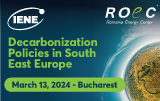

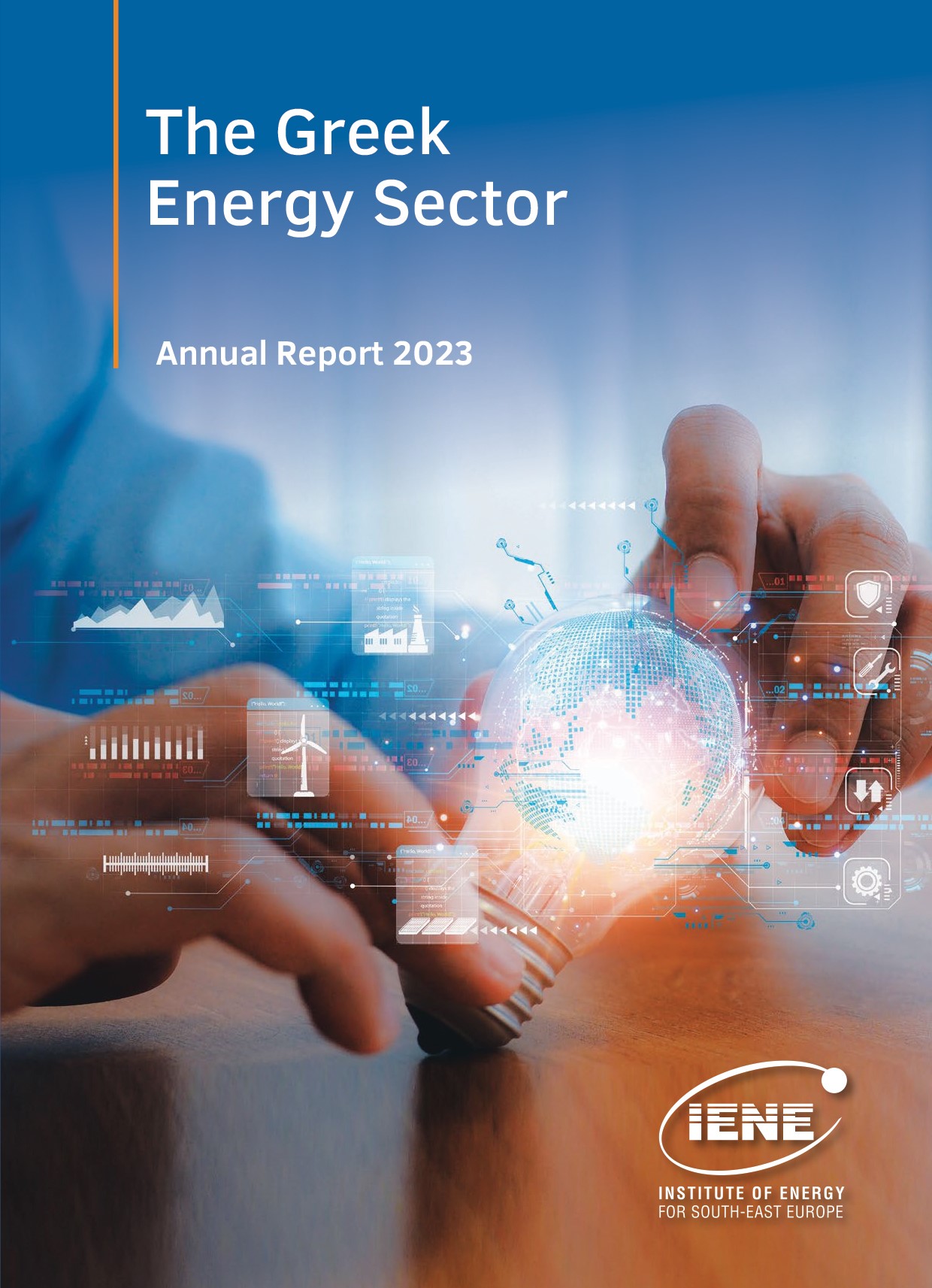
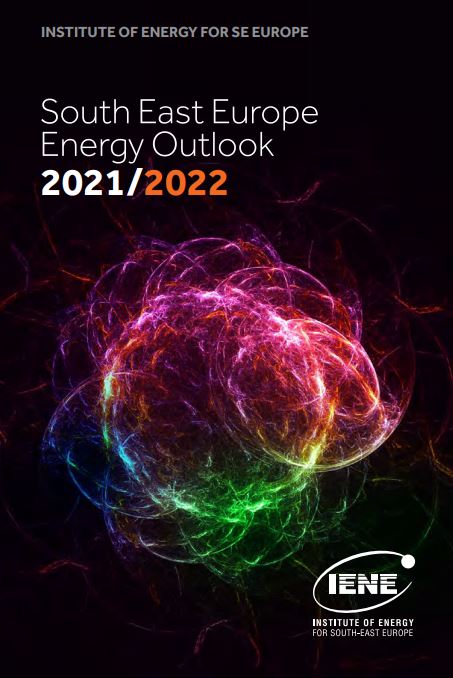
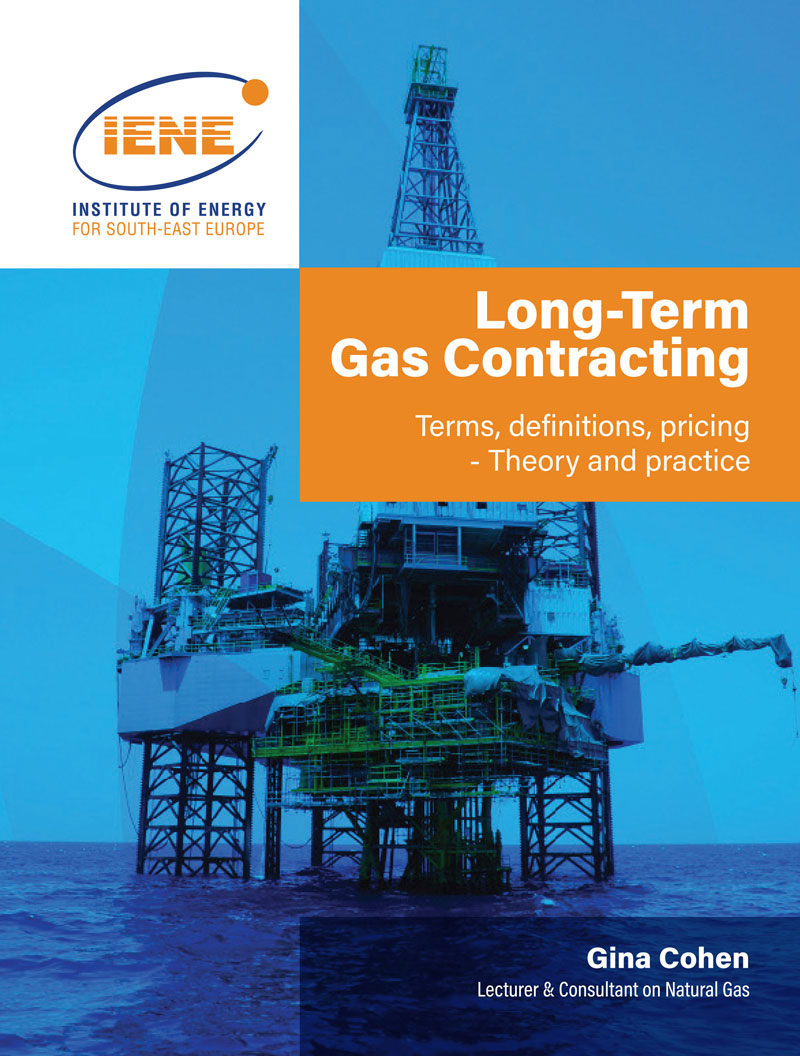 More
More




